As a leader in the skilled trades industry, one of the most important things you can do for your team is provide them with continuous opportunities for skill development and career growth. But that skill development doesn’t have to start once your technicians are in-the-field or working one-on-one with a more seasoned team member. It can happen before they even set foot on a job site.
Training before the job (BTJ) is essential to driving on-the-job (OTJ) productivity, creating a worker who is prepared, confident, and skilled. Let’s take a look at the ways BTJ training can drive efficiency for your business:
Improve awareness of safety and processes
On-the-job injuries are something everyone wants to avoid — workers, customers, and managers. Not only does proper BTJ training for workplace safety protect employees from injury, but it also helps improve productivity, reduce liability risks, keep co-workers and consumers safe, and so much more.
Proper BTJ training will include an extensive run-through of safety regulations, equipment operations, and emergency procedures so employees are well aware of how to complete a job safely. For example, understanding certain procedures, like Lockout/Tagout, is extremely important when multiple people are working on a job site. By disconnecting a power source for a piece of equipment and locking or tagging it in the off position, team members prevent the release of stored energy or a piece of equipment starting accidentally, which could lead to serious injuries.
By covering these topics before a technician enters a job site or starts their work in the field, potential hazards and safety issues are less likely to arise. Ranging from scenarios like Pre-Trip Vehicle Inspection, Heat Stress Recognition, Ladder and Fall Safety, and more, Interplay Learning offers a wide variety of convenient and cost-effective safety training, giving your employees the skills they need to perform work safely.
Enhance the quality of work
Employees trained properly — with technical and hands-on training that covers a thorough curriculum — will be able to deliver results more efficiently. One way to do this is by incorporating digital and simulation-based training into your before-the-job training methodology. Similar to having an instructor in the field with them, technicians can walk through digital and simulated scenarios and learn first-hand how to perform a specific diagnostic, troubleshooting or maintenance scenario. Due to the always-on nature of simulation training, technicians can pause learning and evaluate performance before they even step foot on the job.
By exposing your team to the quality standards and expectations of a job in a variety of formats and experiences, they will develop faster and better and, in turn, produce more quality work.
You should be able to see these results in measurable KPIs like first-time fix rates and average repair or service time.
Build confidence on-the-job
An investment in the growth and skills development of your team is an investment in your business. When you implement training into your strategy, your team will feel more confident, prepared, and productive once they head out in the field.
For example, before Mid-FLA Heating and Air rolled out Interplay to their team of technicians, their training was impromptu and unsystematic, leading to gaps in their new hires’ fundamental knowledge. This lack of training led to low confidence levels and apathy, resulting in a decrease in company morale and increase in turnover. After choosing to implement Interplay and putting an emphasis on training, the Mid-FLA team was able to “fill in educational gaps and make techs feel more confident about what they are doing.”
Drive skills retention
The way technicians learn is just as important as what they learn, especially when it comes to driving skills retention and bridging the gap between theory and practice. A good way to ensure your team is building the skill sets needed for complex fieldwork is by providing realistic opportunities for them to put what they have learned into practice. This immersive training style provides learning that mimics real-world experiences with guided ones and can be applied before even entering the field.
Strong performing teams exist because a heavy emphasis is put on continued improvement and the development of skills. By building the technical knowledge and cognitive skills of your team before the job, they will be able to diagnose and troubleshoot more effectively, leading to fewer on-the-job mistakes and improved overall performance.
Reduce the learning curve
Front-loading learning before a technician gets out into the field also means the technician will pick up things faster on the job. As they already have a working knowledge of basic skills, safety, and fundamentals from BTJ training, they’ll be able to ask better questions during face-time with more senior techs, become more efficient on-the-job learners, and be productive contributors.
That means senior technicians will be optimizing their time as well. They won’t have to spend as much time going over the fundamentals they’ve known for many years or fielding basic questions from new hires, as this material was covered in the training. Instead, they can focus on demonstrating more specialized techniques that must be done in the field, or they can spend less time training others and more time completing services.
Create more specialized skills
BTJ training provides a full picture of learning, from a solid understanding of the basics to more advanced situations– giving technicians an early opportunity to hone in on a specific skill set. As technicians learn and are exposed to a variety of different scenarios, they can explore what is interesting to them or zero in on what they’re good at. This helps teams better align with specific job requirements and explicitly demonstrate what they’re good at, rather than finding out over time in the field.
Because different employees bring different skill sets to the table, the most efficient type of training is the one that allows managers to customize learning pathways for each technician. By providing a more custom approach to training, you can develop in-house experts who can be your go-to on specific equipment and controls. This opportunity to specialize early on could lead to higher career satisfaction and more growth opportunities within a job.
Enhance time and resource management:
You don’t need to waste time and money on ineffective or one-size-fits-all training. Using assessments as a form of BTJ training can provide an opportunity for you to get a better look at your technicians’ skill sets beyond ride alongs in the field.
By creating a skills inventory of your team, you immediately understand their strengths and weaknesses and can embrace a more tailored approach to training – eliminating wasted time on redundant and costly training. By taking a more data-driven approach and understanding gaps early on, you can deliver effective, custom learning to address problem areas and reduce callbacks or bad reviews.
Provide Consistent, Effective, and Engaging Training for Your Entire Team
Before-the-job training does so much more than just provide basic skills. It creates more informed, confident technicians and allows employers to boost efficiency and productivity on the job.
As a business leader, you won’t have to compromise where you allocate your time and resources. Interplay’s always-on approach to learning is the perfect way for you to incorporate more BTJ learning into your training strategy and drive on-the-job success for your employees.
Our immersive online and VR training platform for HVAC, plumbing, electrical, and more, includes expert-led video courses, hands-on 3D simulations, skills assessments, and custom learning paths to upskill advanced technicians and help boost on-the-job efficiency.









